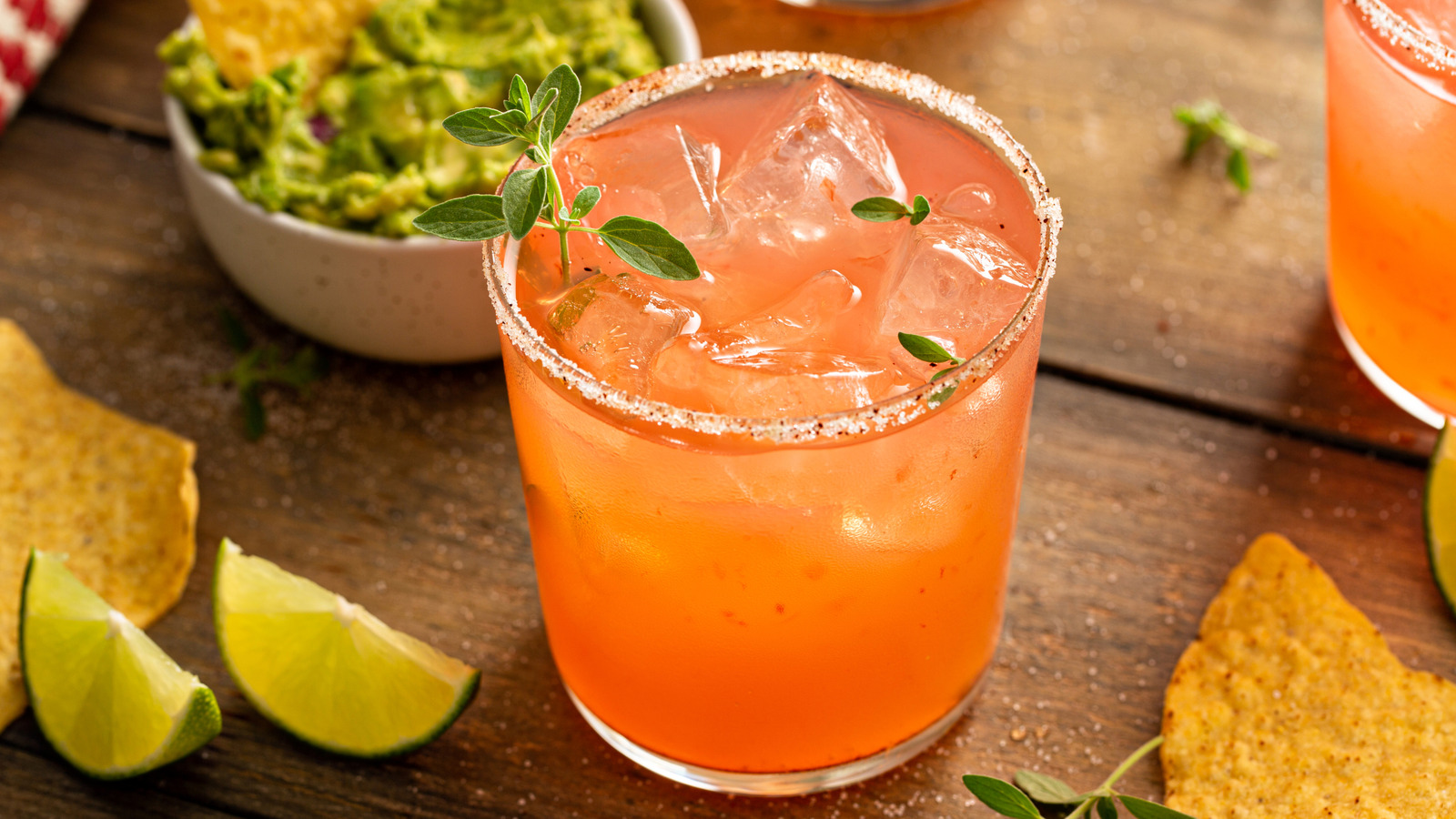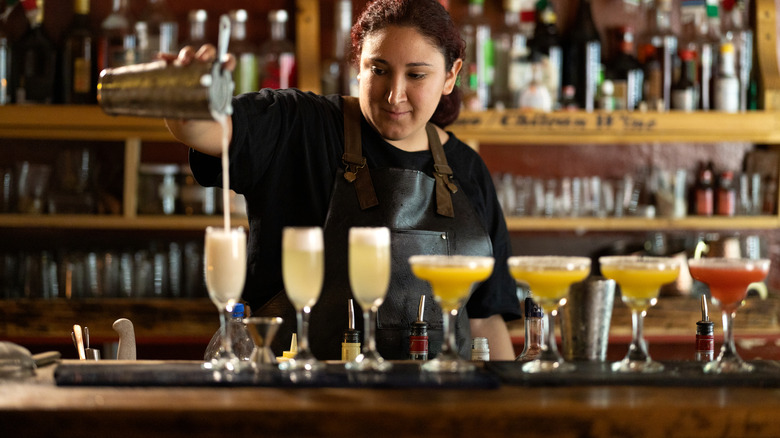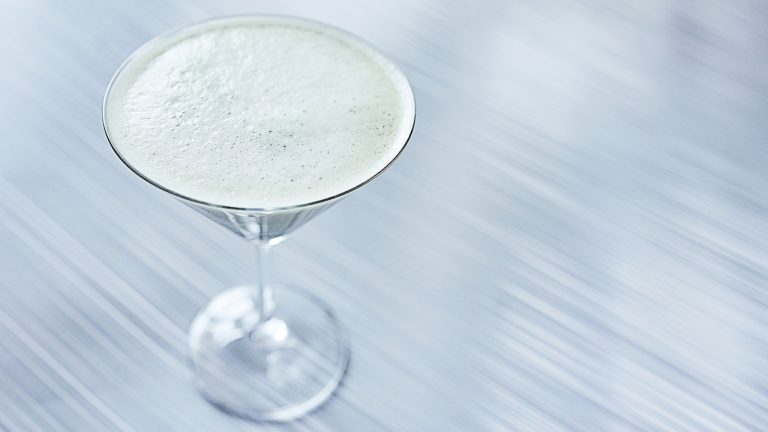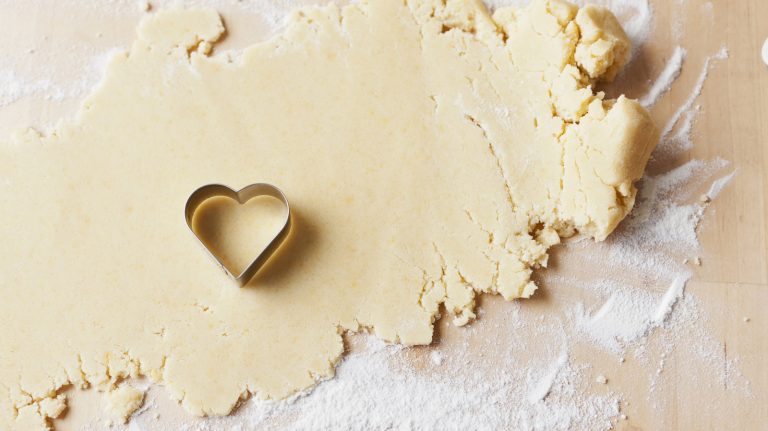After a long day working or playing, famous tequila cocktails liven up happy hour, whether you’re unwinding at home or at the bar. Palomas and margaritas are two of the more popular tequila cocktails, both offering a citrusy zest to play with the liquor. They’re both refreshing and made with many of the same light, thirst-quenching ingredients. There are subtle differences between palomas and margaritas, though, and those differences extend beyond the drink itself.
Even if you couldn’t put your finger on exactly what is different between these two cocktails, you’d be able to see and taste it. A margarita, served over ice or frozen, has a stronger zip and a lot more tang. Palomas are effervescent, sweeter, and should always be served on the rocks. You don’t get the variety of palomas that you do with margaritas, either. While there are variations on the paloma, they aren’t as popular as tequila lovers’ creative twists on a classic margarita. There’s also a difference in where you’d traditionally indulge in these two drinks. One of them is a bartender’s classic, the other is a homespun backyard favorite born from the invention of a much-loved soda.
Palomas evolved in the backyard, margaritas were made in the bar
The perfect recipe for a margarita is made up of tequila, fresh lime juice, triple sec, and salt. Palomas are made a couple of different ways. The fancy way is to combine tequila with sparkling water or club soda, pink grapefruit juice, and lime juice. But, arguably the best paloma is made with two ingredients: tequila and Squirt soda. Other grapefruit sodas work, but Squirt seems to be the most popular one-stop mixer for a bubbly, refreshing paloma in minutes.
Margaritas and palomas were both invented in the first few decades of the 1900s, and both have murky origin stories. What is clear is that the undertone of these two cocktails is very different, though their flavors may have a few things in common. The story goes that the margarita was invented in 1938 in a Tijuana restaurant called Rancho La Gloria to please a high-brow and very picky client: actress Marjorie King, who claimed she was allergic to every liquor except for tequila. There are stories of the paloma being invented in Mexico prior to the 1930s, but nobody can trace it’s origin completely. Tequila was combined with grapefruit soda in backyards in Mexico for several decades before it became popular in America. Advertising campaigns for Squirt in the 1950s introduced it as a mixer for tequila, and brought a paloma renaissance to the United States.






